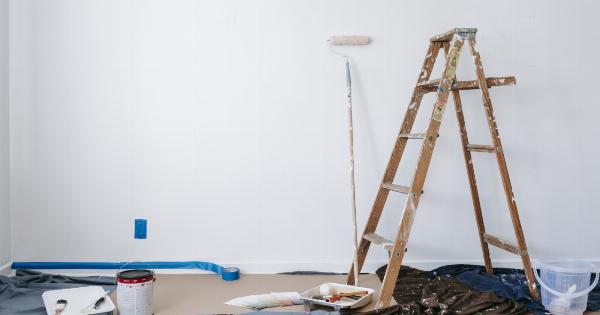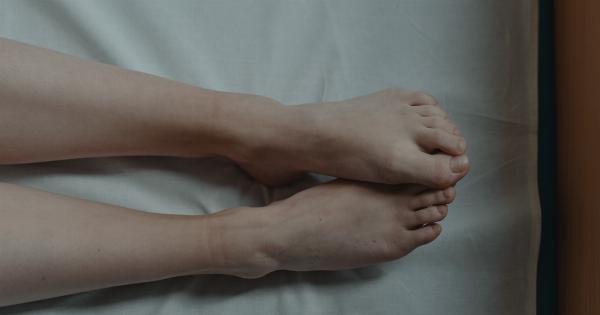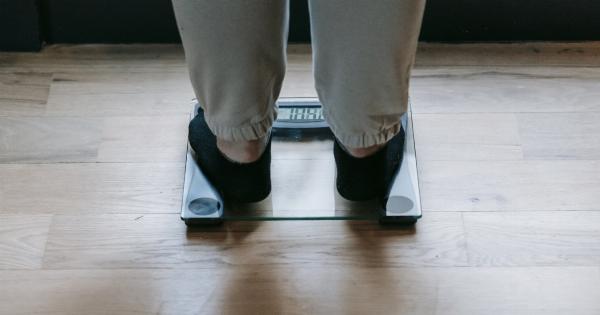As our bodies age, a number of changes occur – from wrinkles and grey hair, to weakened bones and slowed metabolism.
Another common issue that many senior citizens in their 60s and beyond might experience is difficulty “getting” their feet, or picking up their feet and walking.
What Causes this Problem?
One of the primary causes of this issue is a condition called toe drop.
Toe drop is a condition in which the toes become weak and are unable to be lifted properly during regular movements like walking or running.
This results in the toes dragging on the ground, causing the person to “catch” their toes on the ground or trip while walking.
Various factors might cause toe drop, including:.
- Nerve damage
- Stroke
- Muscle or joint problems, such as arthritis or tendinitis
- Trauma to the foot or ankle
- Other neurological conditions, like multiple sclerosis or Parkinson’s disease
How Can You Treat Toe Drop?
If you or someone you know is experiencing difficulty lifting their toes, there are several ways to treat the issue:.
- Physical therapy: A common recommendation for toe drop is physical therapy. Physical therapy can help to strengthen the muscles that lift the toes and improve balance and coordination.
- Orthotics: Custom footwear that provides support and helps to prevent tripping or falling can go a long way in helping those with toe drop regain their confidence and mobility.
- Surgery: In some cases, surgery might be required to correct the issue – especially if nerve damage is involved.
What Else Can Cause Difficulty Walking?
While toe drop is a common cause of difficulty “getting” feet in seniors, there are several other factors that might contribute to walking difficulties:.
- Arthritis
- Bone fractures
- Knee or hip replacement surgery
- Cardiovascular issues, like heart disease or heart failure
- Peripheral artery disease
When to Seek Help
If you or someone you love is having difficulty “getting” their feet, it’s important to seek medical attention.
While the issue might be caused by something as simple as improper footwear, untreated toe drop or other underlying medical conditions could lead to further complications or injuries.
If you are experiencing pain, discomfort, or difficulty walking or standing, contact your doctor or a physical therapist to discuss your symptoms and create a treatment plan tailored to your individual needs.






























